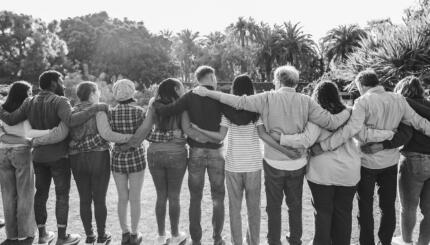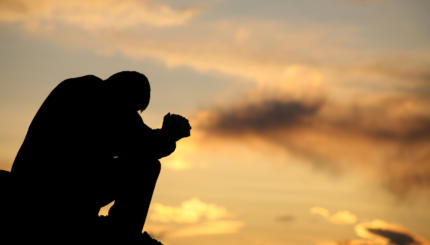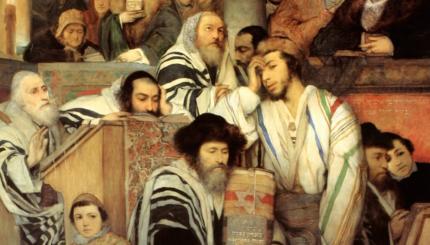Jerusalem is the holiest city in Judaism, captivating the hearts of the Jewish people for millennia and immortalized in our prayers and in Jewish thought. Mount Moriah, the site upon which the ancient Temple once stood, was previously known simply as “The Place,” the location where our biblical ancestors communed with God, where Isaac was bound and Jacob’s ladder ascended to heaven. Later, King David established Jerusalem as the capital of his kingdom, and his son Solomon built the first Temple there. Jerusalem became the symbol of God’s presence on earth.
After the first Temple was destroyed in 586 BCE, and the Jews were exiled from the land of Israel, it was believed that the shechinah, God’s holy presence, was exiled with them. The 14th and 15th blessings of the Amidah point to the belief that one day we will welcome the shechinah back home. These blessings epitomize a core element of Jewish eschatology: that the holy city will one day be rebuilt and the throne of David re-established.
The blessings read as follows:
Have mercy and return to Jerusalem, Your city. May Your presence dwell there as You have promised. Build it now, in our days and for all time. Re-establish there the majesty of David, Your servant. Praise are You Adonai, who builds Jerusalem.
Cause the offspring of Your servant David to flourish, and hasten the coming of Your deliverance. We hope continually in Your redemption. Praise are Your Adonai, who assures our redemption.
The idea that God will someday return to dwell in Jerusalem is found in many Jewish prophetic texts. Other textual parallels to these blessings can be found throughout Jewish liturgy, including the blessing for Jerusalem found in Grace After Meals and the liturgy for Tish’a B’av, the fast day lamenting the destruction of the Temple. All of which indicates that Jews have prayed for the rebuilding of Jerusalem as far back as the first centuries of the Common Era.

Help us keep Jewish knowledge accessible to millions of people around the world.
Your donation to My Jewish Learning fuels endless journeys of Jewish discovery. With your help, My Jewish Learning can continue to provide nonstop opportunities for learning, connection and growth.
While the fifteenth blessings makes no mention of the messiah, the messianic era is widely understood to be the underlying theme. We pivot from the ideal of Jerusalem rebuilt to the petition for religious and political sovereignty over the city. The blessings give specificity to the messianic vision of a time when a descendant of King David will arrive in body, rebuild the Temple, and redeem all of humanity.
Are these prayers meant to be read literally? Is the messiah an actual person that will someday come to build a third Temple? And what might it mean to pray for a rebuilt Jerusalem when the Jewish people have already witnessed the rise of a sovereign State of Israel with Jerusalem as its capital?
These troubling questions pose an obstacle to faith that could well render this prayer unutterable. And some Jewish denominations have in fact responded by reworking these blessings to reflect a modern or pluralistic approach. Others have suggested that in retaining the traditional text, we connect our prayers to an ancient chain of hope that has sustained the Jewish people across centuries of dispersion, providing a vision of a messianic ideal that we continue to strive for in prayer, if not in action. And still others have offered that we must continue to pray for a city that has been ravaged and rebuilt throughout history and remains vulnerable today. These blessings ask God to bring these destructive cycles to an end and bestow a lasting peace on the “city of peace” (Iru Shalem) and all of its inhabitants.
One can also retain the spirit of these prayers by focusing on the temporal meaning over the literal. We pray for God’s compassion for Jerusalem while recognizing our own need for compassion. Jewish tradition teaches that God’s presence fled Jerusalem in part because of the senseless hatred, or sin’at chinam. Perhaps the shechinah will return with our own acts of boundless love. Perhaps the messianic era will arrive not in the form of a person, but through the sum total of our transformative acts of radical kindness and grace.
The message of these prayers can speak to us in our own day, but they may require a renewed understanding, refracted through our own contemporary experience and informed by a vision of a perfected world.



